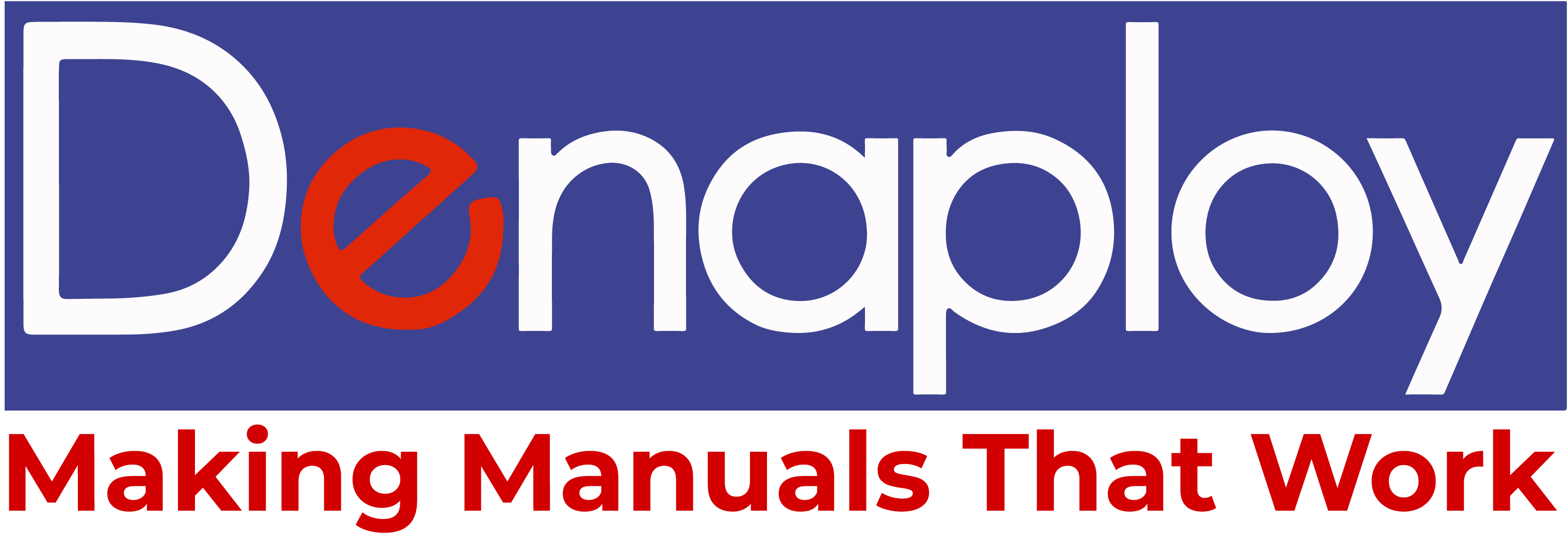The Unique Demands of Healthcare Facilities
Hospitals and healthcare facilities differ significantly from other industries in terms of their operational needs and maintenance requirements. Several key factors make O&M manuals for healthcare settings particularly distinct:
1. Regulatory Compliance: Healthcare facilities in the UK are subject to stringent regulatory standards and accreditation requirements. These include guidelines from organisations such as the Care Quality Commission (CQC), the National Health Service (NHS), and the Health and Safety Executive (HSE). O&M manuals in this sector must ensure compliance with these regulations, incorporating detailed protocols for maintaining equipment, managing hazardous materials, and ensuring environmental safety.
2. Complexity of Systems: Hospitals are equipped with a myriad of complex systems, including advanced medical equipment, HVAC systems, emergency power supplies, and infection control systems. Each system requires detailed operational instructions and maintenance procedures. Unlike other industries, the integration and interaction between these systems can be intricate, necessitating thorough documentation to ensure seamless operation and quick troubleshooting.
3. Patient Safety and Infection Control: The primary focus of healthcare facilities is patient safety. O&M manuals must include comprehensive protocols for infection control, including the sterilization of medical equipment and the maintenance of cleanroom environments. Additionally, these manuals should address procedures for managing and mitigating potential risks associated with medical and environmental hazards, such as biohazardous waste and chemical spills.
4. 24/7 Operations: Unlike many industries that operate on a 9-to-5 schedule, hospitals function around the clock. This necessitates detailed procedures for emergency maintenance and repair. O&M manuals must outline protocols for urgent repairs and provide clear guidance on how to handle equipment failures or system malfunctions outside of regular working hours.
5. Integration with Patient Care: The operational aspects of a hospital are intricately linked with patient care. O&M manuals must address how maintenance activities might impact patient care services. For example, when conducting maintenance on HVAC systems, it is crucial to minimize disruptions to air quality and temperature control, which can affect patient comfort and safety.
Components of an Effective Healthcare O&M Manual
To address these unique requirements, an effective O&M manual for a healthcare facility should include the following components:
1. Detailed Equipment Information: Comprehensive documentation for each piece of equipment, including manufacturer specifications, operational procedures, and maintenance schedules. This section should also include troubleshooting guides and contact information for technical support.
2. Regulatory and Compliance Guidelines: Clear instructions on how to meet regulatory requirements, including protocols for inspections, documentation practices, and safety standards. This section should be regularly updated to reflect changes in regulations.
3. Emergency Procedures: Detailed procedures for handling emergencies, including equipment failures, power outages, and environmental hazards. This should include step-by-step instructions and contact information for emergency services.
4. Maintenance Schedules: A calendar of regular maintenance tasks, including preventive and corrective maintenance. This section should outline who is responsible for each task and the frequency of each activity.
5. Training and Safety Protocols: Guidelines for staff training on equipment use and safety protocols. This section should also include information on how to handle hazardous materials and how to respond to emergencies.
6. Integration with Facility Operations: Procedures for coordinating maintenance activities with hospital operations to minimize disruption to patient care. This includes scheduling maintenance during low-traffic times and communicating with relevant departments.
Keeping O&M Manuals Up-to-Date
The dynamic nature of healthcare facilities requires that O&M manuals be continually updated. This involves regular reviews of procedures, incorporating new technologies, and adjusting for changes in regulatory requirements. Hospitals should establish a process for periodic manual reviews and updates, ensuring that all staff members are aware of and have access to the most current information.
In conclusion, while O&M manuals are essential across all industries, those for healthcare facilities require a heightened level of detail and specificity. By addressing the unique challenges of healthcare settings, including regulatory compliance, system complexity, patient safety, and 24/7 operations, these manuals play a crucial role in maintaining the smooth and safe operation of healthcare facilities. Investing in well-crafted, comprehensive O&M manuals ensures that hospitals can deliver the highest standard of patient care while meeting the rigorous demands of the healthcare environment.

Need help with your end of project documentation? We have you covered. Denaploy is the Construction Industry’s leading provider of digital handover documentation - principally H&S/O&M manuals, but also including Regulation 38 Fire Report, BREEAM, CIBSE TM31 and similar associated documentation.
Find out more here